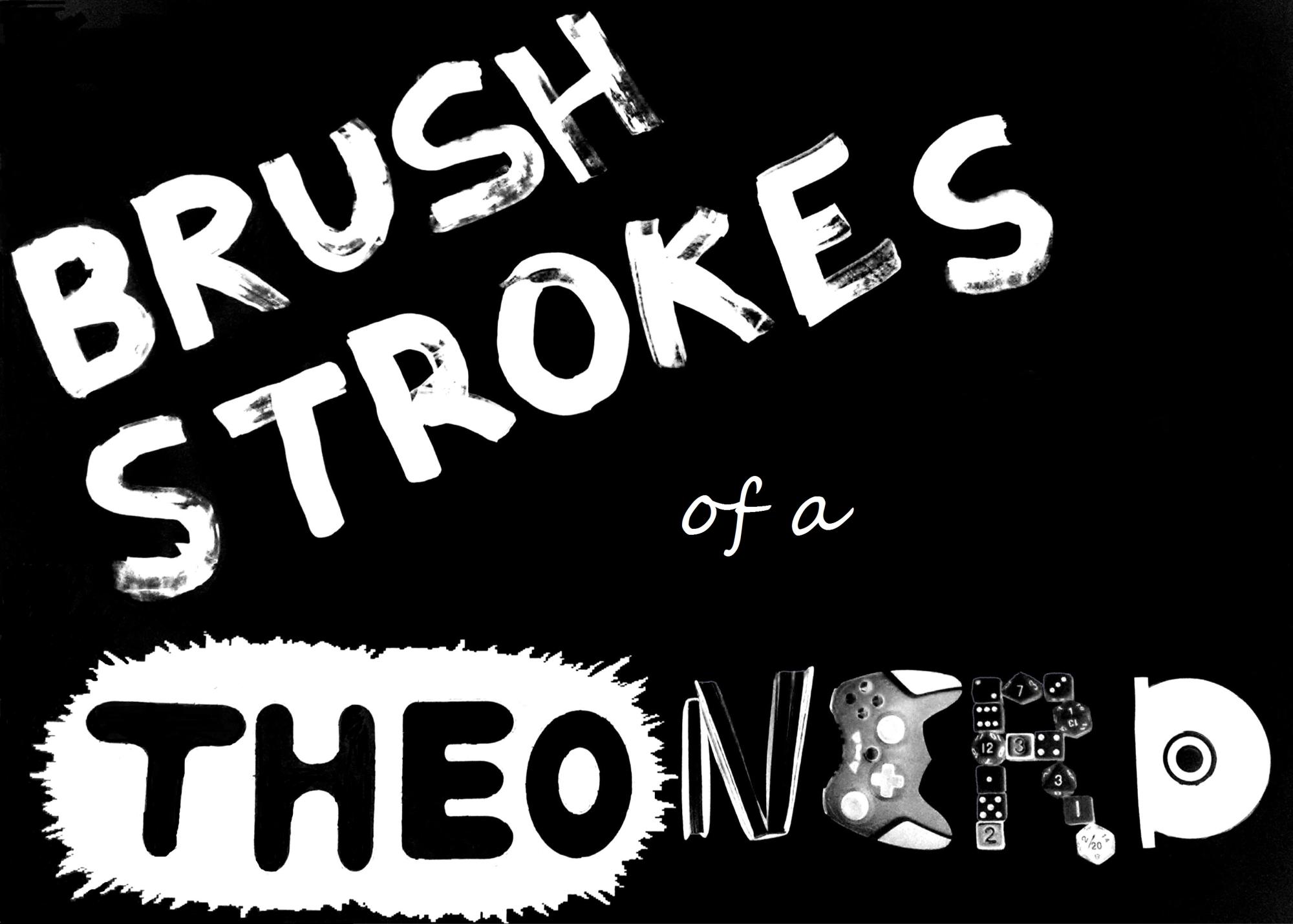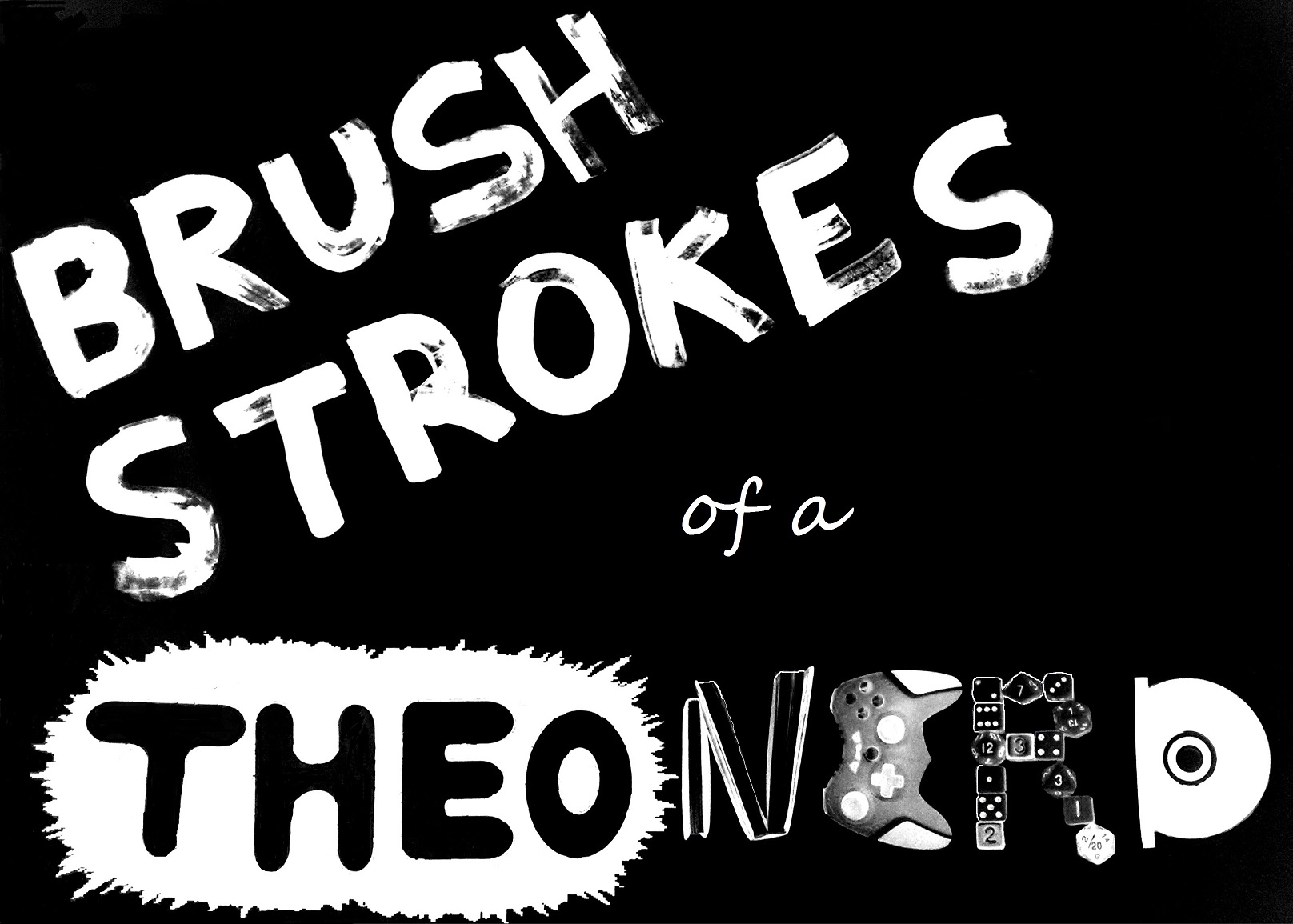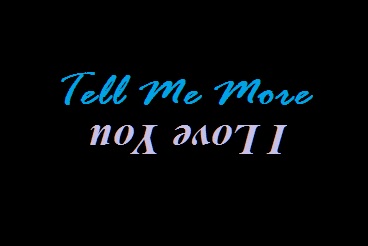Reconstruction
By Anthony Casperson
11-21-20
When my age was still in single digits, I remember getting the ninja turtles party wagon van. The vehicular playset for my action figures had many moving parts. My favorite of these was the seat in the side of the van that, when lifting the roof of the toy just a little, would open out and reveal one of the turtles who was ready for action. (I don’t really know why, but I always saw Michelangelo as the one who should be in the seat.)
Being the inquisitive child, I wondered exactly how this mechanism worked. And so I did what I had performed to several others of my larger toys.
I took it apart.
Removing the screws one by one, I placed them in such a manner that I could easily return them to the location from which they came. I only wanted to see how the toy worked, not destroy it. Therefore, I had to take great care so that I knew exactly how the whole thing went together. Once I figured out the mechanisms involved to create the toy, I still wanted to play with it.
I also remember my parents seeing me taking the expensive playset apart and being very angry with me. After all, if I destroyed the toy, they would’ve wasted their money on it. And I’d probably whine about wanting to play with something that I’d broken. (Usual child behavior, right?)
Once I learned how that seat opened up (and a few other mechanical interactions contained in the toy), I placed all of the pieces back in. As good as new. Everything worked perfectly as it was designed and I’d learned something about the construction of similar items. (I’m not kidding here. I still have the toy stored away and it worked the last time I checked.)
Every time I deconstructed a toy, my purpose was to discover the means by which the whole item worked and then put it back together. Along the way, I learned the language of mechanical design. When the parts involved required a specific interaction, the design would follow a similar pattern. The deconstruction taught me how to build similar things.
And I took this understanding with me as I grew up.
This is the reason why my family often asks me to help them put furniture together for them. And why I spent a few years as an assembler in a big box retail store, putting together bikes, grills, and display furniture. (Trust me, bikes from stores like this come with nasty deformities often enough that an ability to diagnose the problem, take it apart, and fix it came in handy. I wasn’t putting out an inferior product no matter what certain bosses demanded.)
But there is one interesting place that I’ve found where the ability to take something apart, figure out how it works, and put it back together again is useful. Language, particularly in written form, can be difficult to interpret, but with an understanding of the inner workings, patterns can be found that help us understand what is meant in the communication. And thus teach us how to use language in our own lives.
Understanding the basic state of the world when the author wrote can reveal to us connections we wouldn’t normally have in our time or location. A philosopher from ancient Greece, a tribal shaman from a people with little contact to the outside world, and a person suffering under the socialist regime in the Soviet Union of the 1980s might all talk about the same basic concept of the world, but how they do will differ immensely. Beyond mere linguistic differences, the freedom with which they can approach the topic will modify how they accomplish the communication.
Learning the range of meaning that words have (also called the “semantic range”) helps tremendously with discerning communication. Misunderstanding occurs when our interpretation of the direction of connotation points the wrong way. When our perspective leads us in a direction never meant by the one communucating. It’s why just blindly replacing words with synonyms can be dangerous. There might just be an unintended slant in meaning that could be dangerous.
And even just understanding what a word means can drastically change our interpretation. I’m going to point to the blog I wrote almost 2 years ago, called “Communication or Dual Soliloquy?” where I show how the single piece of information that “wherefore” is an Old English way to ask “why” drastically changes the famous balcony scene of Romeo and Juliet.
This deconstruction of language can be useful for us to understand and be understood in our communication.
Some people might be a little squirmy right now because I’m talking about the deconstruction of language. To some, it brings to mind the method of understanding language made popular by Jacques Derrida, often referred to as Deconstructionism.
The French philosopher spoke of how any statements attempting to describe a text subvert the meaning. Essentially, it’s impossible to give meaning to language beyond the words themselves. This interpretation would posit that the meaning which comes from any set of words is merely a reflection of the person’s interaction with them. (In my opinion, Derrida’s method is a confusion between the intended message and the application of words.)
This philosophical perspective is a guiding hand in current (“Post-Modern”) thought processes. It’s why the phrases “your truth” and “my truth” flow out of people’s mouths with great ease. According to the thought, words only have the meaning given to them by those receiving them. The interpreter gives meaning to words, not the author.
I can see why using the word deconstruction while speaking of language can lead to confusion and leeriness. The philosophy of Derrida is a death knell for language and communication. It is dangerous.
But that’s what always happens when deconstruction is used as an end rather than a means. It destroys, leaving only pieces that no longer have their intended purpose. It is a waste of time, money, and energy because it’s use is lost. Without returning the parts to their purposed places, all we end up with is a mess. And a childish whine of those who destroyed the toy to begin with.
It is much more useful for us to look at language and its composite pieces with the intention of learning from the deconstruction and then putting it back together again. That way there isn’t a waste of time, money, and energy for anyone involved in the communication. And we can still enjoy the item for it’s intended use.
Deconstruction can be helpful, but only when it is used to teach us how to construct anew. Let us take care in our deconstruction so that we’re not left with a mess.




